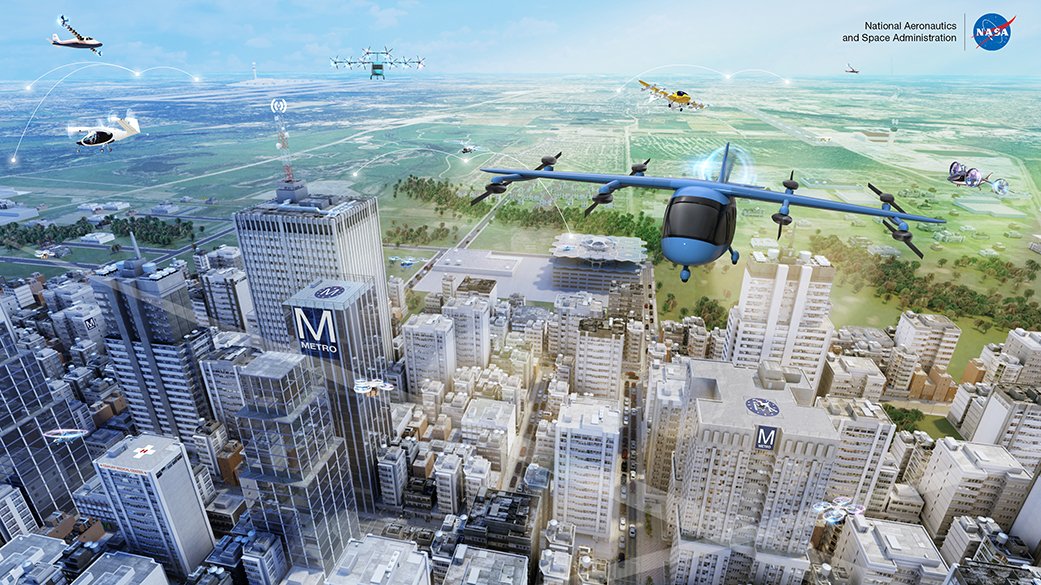NASA & Lacuna Join Forces
When most people think of NASA, technological marvels and astounding moments in history spring to mind: the Space Shuttle, the Apollo missions, the International Space Station. NASA is now bringing that technological track record from the air to the ground, working with companies like us to take a more holistic view of all forms of mobility when it comes to the larger transportation ecosystem. More specifically, NASA has signed a partnership agreement with Lacuna, to help cities manage new forms of mobility.
Why?
At Lacuna, we’ve become experts in the technical, practical, and regulatory challenges of incorporating new mobility technologies (like scooters, delivery robots, and autonomous vehicles) into the urban environment. We’ve worked with cities across the country to manage these new commercial fleets operating in the public right of way, with an aim towards ensuring all residents have safe and equitable access to mobility technology.
This experience of incorporating new forms of mobility on streets and sidewalks offers a number of lessons for the next domain into which mobility innovations are deploying: the air. As drone delivery and air taxi technologies mature, regulators at the local, state, and federal levels are coming together to examine these technologies and the regulatory tools needed to ensure that urban airspace works for all.
Photo: NASA
To that end, NASA has recently selected us to join their Advanced Air Mobility National Campaign, joining a cross-industry group of companies working together to “promote public confidence and accelerate the realization of emerging aviation markets for passenger and cargo transportation in urban, suburban, rural, and regional environments.”
The Impact
This work is vitally important to creating a scalable regulatory structure to enable the safe future deployment of drones, air taxis, and other forms of aerial mobility. NASA’s work on the National Campaign is designed to produce data that will assist the Federal Aviation Administration build that regulatory framework for new aerial vehicles and new uses of airspace.
Our new agreement, made under the National Campaign – 2 Information Exchange Annex, will enable us to begin an information exchange with NASA as they prepare for the next phase of National Campaign flight activities. This next phase is focused on “demonstrating integrated automation capabilities and architectures supporting safe and scalable AAM operations, [and] will consist of integrated scenarios through flight test demonstrations and simulations, as well as systems and operations analysis at test sites around the country.”
We’re thrilled to dive into this effort and look forward to working with NASA and our other industry partners, Electra.aero, Overair and Supernal, to help build the future of advanced aerial mobility. We’re particularly looking forward to demonstrating the air- and land-management capabilities that open-sourced technologies bring to local governments and the importance of communities across the country working together to share best practices and policies that produce the best outcomes for all community stakeholders.


